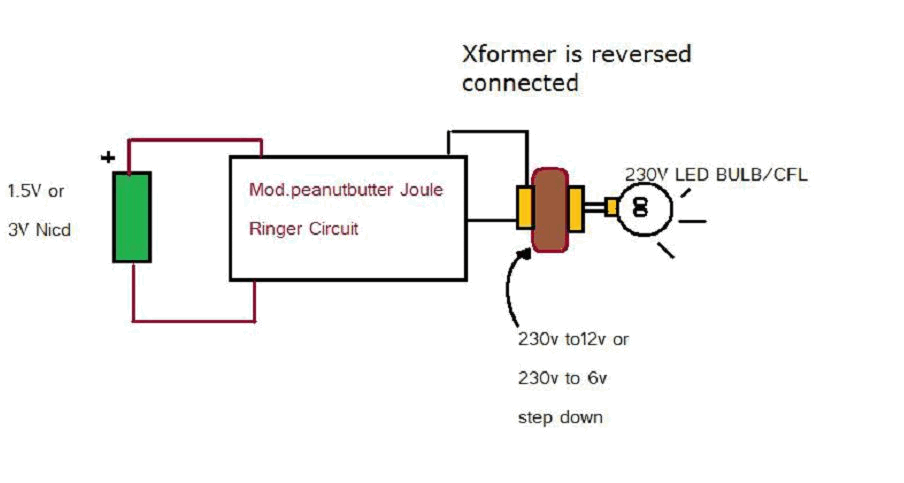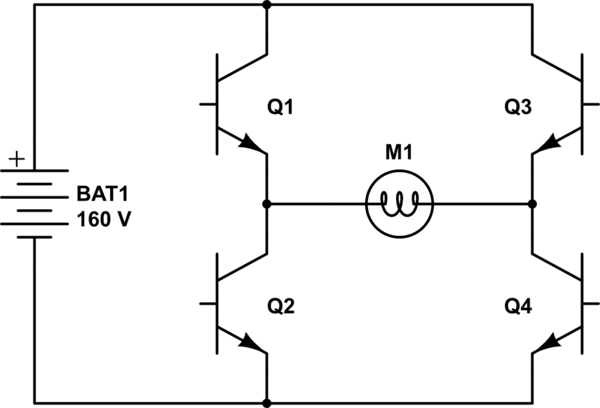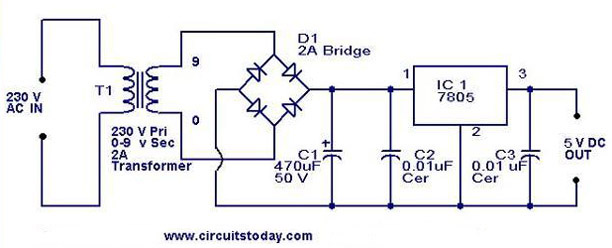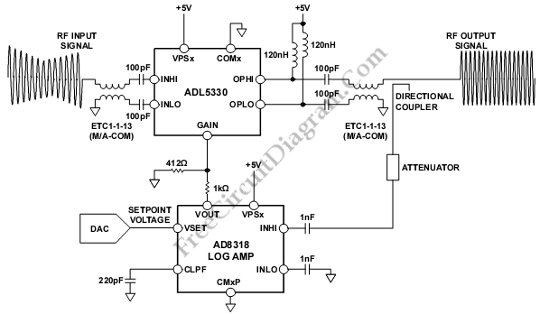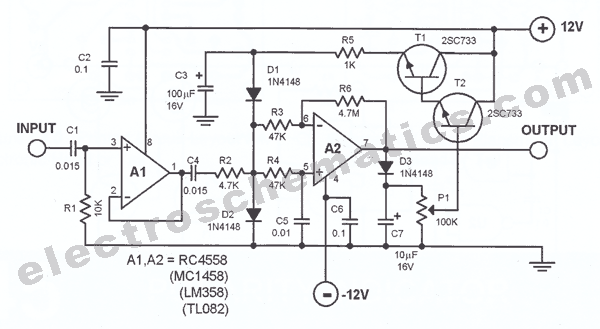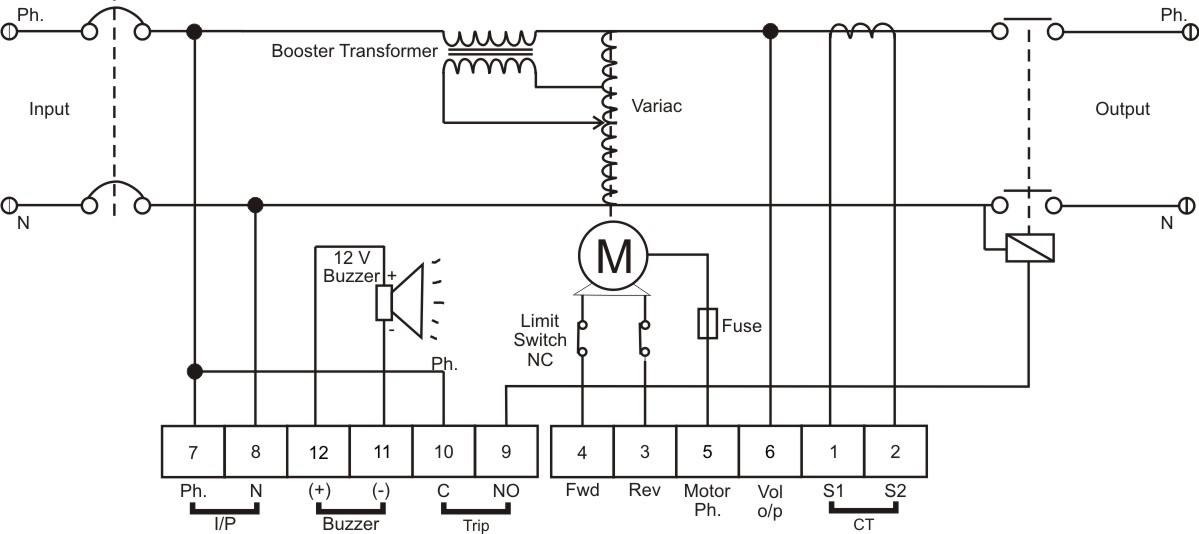
2500W Phase Control Circuit Schematic

The following circuit illustrates a 2500W Phase Control Circuit Schematic. Features include a ground-tied trigger output that is disabled, and a low voltage input.
The 2500W Phase Control Circuit is designed to regulate the power delivered to a load by controlling the phase angle of the AC waveform. This type of circuit is commonly used in applications such as dimmers for lighting, motor speed controllers, and temperature control in resistive heating elements.
The schematic typically includes several key components: a triac or thyristor for switching, a zero-crossing detector to synchronize the control signal with the AC waveform, and a control circuit that determines the phase angle at which the triac is triggered.
The ground-tied trigger output ensures that the circuit remains stable and prevents false triggering due to noise or fluctuations in the input signal. The low voltage input feature allows the circuit to be controlled by low-power microcontrollers or other low-voltage control devices, enhancing its versatility in various applications.
In practical implementations, it is important to include appropriate snubber circuits across the triac to protect it from voltage transients and to ensure reliable operation. Additionally, heat sinks may be necessary to dissipate heat generated by the triac under high load conditions. Proper design considerations for component ratings, layout, and thermal management are crucial to ensure the reliability and efficiency of the phase control circuit.
This circuit can be utilized in various applications where precise control over power delivery is required, making it a valuable tool in modern electronic design.The following circuit shows about 2500W Phase Control Circuit Schematic. Features: tied to ground trigger output disabled, ow voltage input to .. 🔗 External reference
The 2500W Phase Control Circuit is designed to regulate the power delivered to a load by controlling the phase angle of the AC waveform. This type of circuit is commonly used in applications such as dimmers for lighting, motor speed controllers, and temperature control in resistive heating elements.
The schematic typically includes several key components: a triac or thyristor for switching, a zero-crossing detector to synchronize the control signal with the AC waveform, and a control circuit that determines the phase angle at which the triac is triggered.
The ground-tied trigger output ensures that the circuit remains stable and prevents false triggering due to noise or fluctuations in the input signal. The low voltage input feature allows the circuit to be controlled by low-power microcontrollers or other low-voltage control devices, enhancing its versatility in various applications.
In practical implementations, it is important to include appropriate snubber circuits across the triac to protect it from voltage transients and to ensure reliable operation. Additionally, heat sinks may be necessary to dissipate heat generated by the triac under high load conditions. Proper design considerations for component ratings, layout, and thermal management are crucial to ensure the reliability and efficiency of the phase control circuit.
This circuit can be utilized in various applications where precise control over power delivery is required, making it a valuable tool in modern electronic design.The following circuit shows about 2500W Phase Control Circuit Schematic. Features: tied to ground trigger output disabled, ow voltage input to .. 🔗 External reference
Warning: include(partials/cookie-banner.php): Failed to open stream: Permission denied in /var/www/html/nextgr/view-circuit.php on line 713
Warning: include(): Failed opening 'partials/cookie-banner.php' for inclusion (include_path='.:/usr/share/php') in /var/www/html/nextgr/view-circuit.php on line 713
